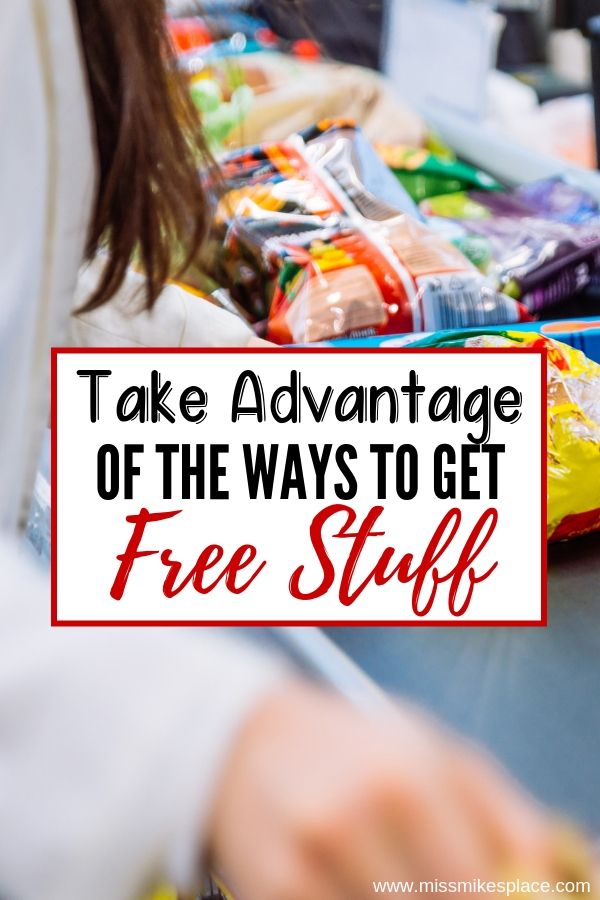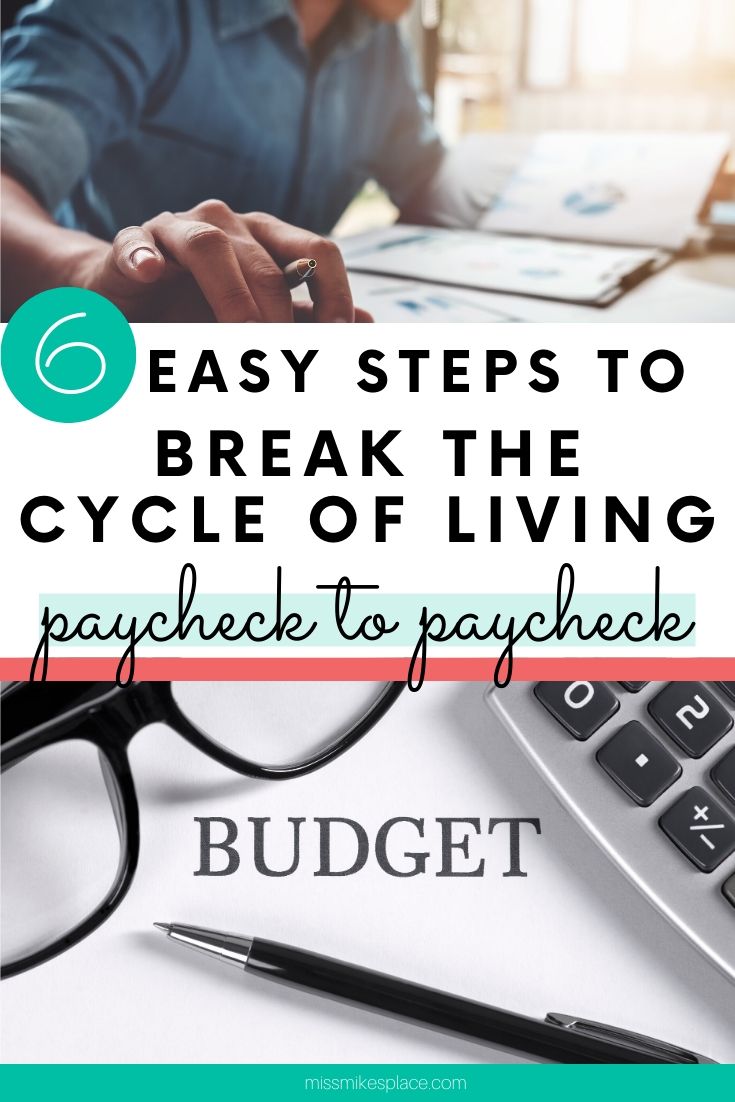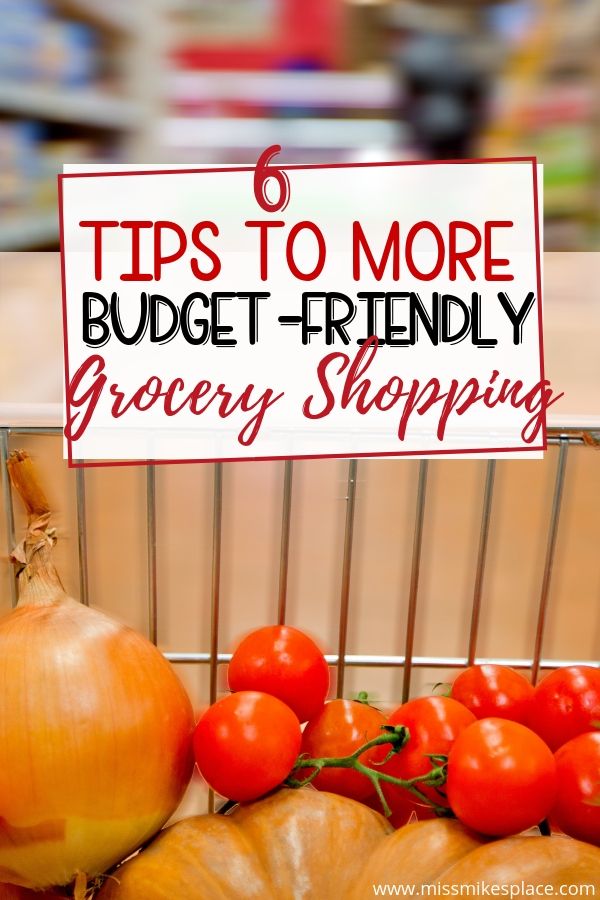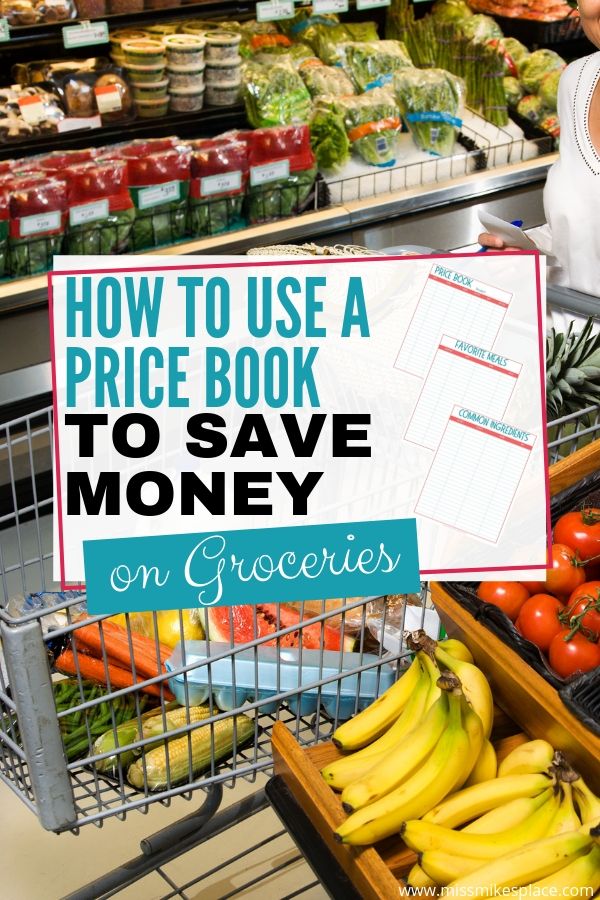14 Tips to Save Money on Groceries
Use these tips to start saving money on groceries
With food costs skyrocketing don’t you want to know how to save money on groceries? Yes, please.
Let’s start saving money on groceries and many other household products by following some easy tips.

This page contains affiliate links to products I use, love, and recommend. See my full disclosure policy.
While I am a coupon clipper from way back, there are a handful of helpful tips that I want you to know about to help you save money on groceries that don’t require clipping coupons.
I don’t plan on giving up my scissors anytime soon, but I have added these money-saving tools to my toolbox.
Keep tabs on:
- grocery stores’ digital coupons
- the sales cycles
- current offers available from rebate apps
Combine this information to save money on food and other household goods. It’s easy, it does take a little of your time, but it is so worth it.
1) Rethink Brand Loyalty
OK, I’ll go first. Nothing smells better than Gain laundry detergent. And my cats throw up everything but Iams cat food. And fresh ground peanut butter with no added salt or sugar is the only kind I like. Chock Full O Nuts coffee is the best.
- I have maintained my commitment to my cats and their overall health, so Iams is a keeper.
- I shop around for fresh ground peanut butter. If I do this I can save a dollar a pound.
- I can get 5 different brands of laundry detergent any day of the week for a better price than Gain. So I will only buy Gain when it reaches that rock bottom price. All and Purex now have a home in my laundry room.
- Don’t get me started on coffee. I won’t pay more than 2 bucks a bag for coffee. Frequently that includes Chock Full O Nuts, but if it doesn’t hello Eight O’Clock or Seattle’s Best or Community Coffee. They are all in the rotation.
Keep the store’s private label items under consideration. They are frequently just repackaged from a familiar national brand, so it’s the same quality. If the price is right, give it a try.
Now, your turn. What name-brand products are you willing to swap out if it means saving money on the monthly grocery bill?
2) Understand the Sales Cycles
Grocery stores follow a couple of fairly reliable sales cycles.
The SEASONAL cycle, of course, entices you to purchase watermelons in the summer and pumpkins in the fall. Be on the lookout for great prices on seasonal items and stock up when you find the things you like.
More important to your budget, though, is the ROTATIONAL cycle. The rotational cycle is meant to keep inventory moving off the shelves every 8-12 weeks.
If you know how this cycle affects a dozen or so of the non-perishable items you purchase most, you are going to save a bunch of money. This takes a little time and consistent tracking, but it is such a worthwhile exercise.
3) Create a Price Book
Start by identifying and making a list of those 10 or 12 items that you are always buying. You could use a spreadsheet for this.
For a couple of months make note of the grocery stores’ unit price of each item on your list. The weekly sales flyer will be useful for this.
Track the unit pricing each week for each item on your list.
You will begin to see the pricing trend for each item. When an item has reached the best price, use applicable coupons and/or rebate apps to purchase enough of the item to last 3-6 months.
A well-stocked pantry is the equivalent of your emergency fund! Food that you have stocked up on at rock bottom prices will see you through the times when you have “more month than money”.
It’s not necessary to clear the grocery store shelves for this. You know what you can reasonably store in your home. And who wants a 5-year supply of toothpaste or deodorant anyway?
Start doing this for each item on your list. Instead of paying full price for something that you are running low on, stock up for a fraction of the price. By following the sales cycle you can keep the items you use regularly on hand.
If you want to start a price book click to see my post on How to Use a Price Book to Save Money on Groceries. While you’re there don’t forget to download free printables to set up your own price book.
Don’t go overboard
I strongly caution against overstocking anything. Don’t clear the shelves, don’t become a hoarder. Avoid buying food you don’t have the freezer or pantry space for!
Once you know the sales cycle and you know how quickly your family goes through a particular product you can make your decisions about the quantities you need.
Even Spam and Twinkies have a shelf life and you don’t want to find yourself in the position of throwing stuff away because they’re past the expiration dates.
You haven’t saved any money if you have to throw food away.
4) Know when to shop
When it comes to saving money on most things, the timing is crucial. According to numerous experts, it is more cost-effective to shop for groceries on Wednesdays.
For many stores that’s when pricing for the latest weekly ad goes into effect and they are motivated to mark down last week’s sale items to reduce inventory.
The produce and meat departments frequently have these deep discounts.
If shopping on Wednesday isn’t an option, at least try to avoid weekends. You’ll find the items advertised in the weekly ad, but there are rarely any great markdowns on the weekend.
The time of day plays a big role with bargains, as well. The early bird gets to hit the clearance shelves first!
Another great time to find great bargains is right before closing time when the meat, deli, and bakery counters are trying to reduce their inventory, especially if you’re not an early morning person.
5) Know where to shop
Monitor the weekly sales from at least 2 different stores in your area. You will find that there are better prices on some items at one store over another. Adjust your shopping habits to take advantage of better deals.
By following the sales cycles from more than one store you can get the lowest prices for a wide range of products.
6) Stick to the perimeter
For a healthier diet, stick to shopping for the bulk of your food from the perimeter of the store. Whole foods that should be the bulk of your food purchases such as fresh fruits and vegetables, proteins, grains, and dairy are located on the outer aisles.
Limit the processed foods that you buy, and stay away from pre-packaged, pre-cut fruits and vegetables.
7) Saving money by stacking offers
Using a store coupon, a manufacturer’s coupon, and a rebate offer WITH a sale is the perfect savings storm. This is what stacking is all about. It doesn’t always happen, but when it does it usually means a free product. If it’s something I use regularly then I want to redeem the maximum allowed.
It’s important to know your store’s coupon policy and the rebate restrictions to avoid confusion at the register and later when you are processing your receipts for your rebate.
Sometimes a rebate is for a particular size package or certain flavors. Just be aware of the specifics, get the right products and you will get the deal.
If your grocery store offers loyalty programs or digital coupons then I suggest signing up with them. Select the digital coupons for the products you and your family use. Monitor promotions that offer the best deals, and compare prices with those you have tracked in your price book.
Digital coupons must be activated before checking out.
Whether you have a loyalty card that has to be scanned or you are required to enter your phone number at checkout, if you don’t follow through then your savings won’t be applied and it’s all a huge waste of time and effort.
8)Use rebate apps
Ibotta
Take advantage of the rebate apps that are available to you. You’d be surprised at what you can earn by using these apps consistently. One of my favorites is Ibotta. There are a ton of opportunities to earn cash back, not only from grocery stores but online businesses ranging from Amazon to Zulily.
Shop with Ibotta in-store and online; get up to $20 in Welcome Bonuses!
Take advantage, too, of the referral program they offer. Ibotta will issue a unique referral code to you and you will earn a $5.00 bonus for each friend who signs up under your referral code.
Just like clipping coupons, there is some follow-through to make sure you get your rebate. With grocery items, you have to activate the rebate(s) you want before making the purchase. Once you’ve made your purchases you will have to scan the receipt and the barcode on the item (this is usually required for grocery items) and submit it. The receipt is processed and you get a response very quickly.
If the opportunity is available to link your store’s loyalty account to your Ibotta account it will eliminate the need to scan items or receipts. If you encounter any issues getting credited with an offer reach out to their customer service department. Ibotta offers excellent customer support.
With Ibotta you can stack the rebate with store sales AND with a store coupon AND a manufacturer’s coupon…OK, you’re getting a good deal. Saving money like this is fun.
See how many free items you can get by stacking. Indeed, not everything is free, but saving money on food whenever you can is a little victory.
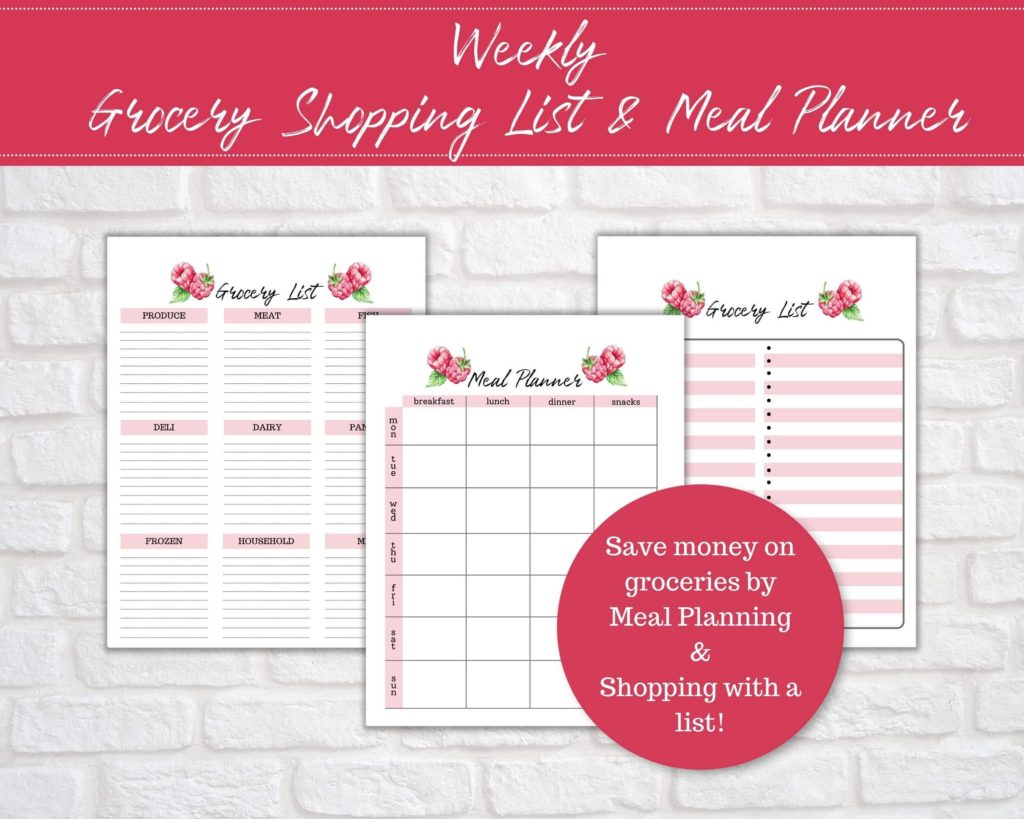
Get in the habit of Meal Planning and shopping with a grocery list. Find this pretty Meal Planner and Grocery Shopping List here in my Etsy shop.
Checkout51 and Coupons.com
Checkout 51 and Coupons.com are easy apps to use; select the items you plan to purchase, buy the products, and submit your receipt. These apps are not meant to work in conjunction with paper or digital coupons, but they have a wide range of products that you might not see coupons for anyway.
If you don’t clip coupons in the first place you won’t notice the changes.
Checkout51 has a $20.00 payout point and they will mail a check or deposit in your Paypal account. You can submit receipts from any store that itemizes the receipt. Rebates are earned from receipts submitted from discount stores, like Big Lots, that don’t accept coupons.
The Coupons.com app deposits directly into your Paypal account. Download the app and link your Paypal account. Select the offers you are interested in. Once you’ve made a purchase upload the receipt through the app and scan the UPC on the product. The coupon amount is deposited into your Paypal account usually within 24 hours.
Fetch Rewards
Click to sign up for Fetch Rewards. All you have to do to earn points is to scan receipts. You can scan the receipts from all of your shopping trips. Whether it’s the receipt from food shopping, your visits to big box stores, or the receipt from dining out, the farmers market, or the gas pump. Just scan and get rewarded.
Bonus points are awarded when you buy popular brands; check the app for special offers.
Referral points are also an easy way to score extra points. Share your referral code with everyone you know and watch the points add up.
It’s an easy, fun way to earn points that can be redeemed for gift cards from your favorite retailers or etailers.
9) Meal plan
One of the most effective ways to eliminate food waste, thus saving money on groceries, is to establish a routine of meal planning. Start to build a meal plan around the foods you already have. Check the fridge and freezer for all of the foods that you can use to make meals for the upcoming week.
Then make note of the current sales and complete your meal plan based on the foods that are on sale.
If you find meal planning difficult start by making a list of meal ideas. What are your favorite meals? Create a list of meal ideas for breakfast, lunch, and dinner.
Are there common ingredients used that you should have stocked all the time?
Stock up on those items at rock-bottom prices and the cycle continues!
10) Rethink Dinner
If you think dinner has to be “meat and 2 veggies” it’s time to kick that idea to the curb. Dinner can be nutritious and easy at the same time. Recipes for one-skillet meals, meatless meals, and sheet pan dinners are all over Pinterest and other food websites.
Breakfast for dinner is always fun. A big salad with black beans, or hard-boiled eggs as the protein component is a great weeknight meal.
Frittatas or omelets are an excellent way to use up leftover veggies at the end of the week.
11) Cook once, eat twice
Make a double batch of chile, soup, or lasagna; one to eat today, one to freeze for later is a way to use that ground beef you bought on sale and ease the stress of food prep on a busy night.
Pack leftovers for lunch or morph them into tomorrow nights’ dinner. Both ideas are really popular in my house.
Tacos for dinner one night are almost always followed by taco salad the next night.
There might be enough meatloaf for the next night, but if there’s not quite enough for dinner as is, I can turn it into Shepherds Pie easily enough.
12) Take advantage of your freezer
Don’t walk away from a great deal on strawberries because you think you’ll never be able to eat them before they go bad. You can easily flash-freeze strawberries (or any berry, for that matter), as well as, bell peppers, and onions.
For berries, just clean and blot dry, place on a baking sheet in a single layer, and pop in the freezer for 1/2 hour or until frozen. Then, using a spatula transfer to a freezer bag. Label and date and you can pull berries out of the freezer for up to 6 months.
Follow the same procedure for berries to flash freeze onions and bell peppers; peel and dice onions, seed and dice peppers.
See my post on How to Flash Freeze Onions for detailed information.
Whenever a recipe calls for chopped peppers or onions you can pull what you need out of the freezer. This is a significant time-saver when preparing dinner.
PRO TIP – These are not suitable substitutes when a recipe calls for fresh peppers or onions, such as for a salad. They will be a wilted mess!
You can also flash-freeze strips of bacon, hotdogs, chicken breasts, and meatballs allowing you to pull out only what you need for a meal.
Overripe bananas are one of my favorites to freeze. Simply peel and place in a freezer bag, and try to freeze in a single layer. They are great in a smoothie, or when a craving for banana bread or muffins hits all you have to do is thaw a couple of bananas that are perfectly ready for your favorite recipe.
13) Order online for pickup
Ordering groceries online for curbside pickup is an ideal way to avoid impulse purchases. And avoid going into the store altogether.
Monitor how much money you are spending as you fill your digital cart. You can compare the sale price of a national brand and the price of a generic brand and see where you get the better deal!
No more filling your grocery cart with irresistible treats from an artfully arranged display that was specifically designed to entice you into blowing your grocery budget.
14) Don’t shop on an empty stomach
A surefire way to have the grocery bill skyrocket and bring home items that you have no meal plan for is to go grocery shopping on an empty stomach.
A quick, high-protein snack will keep you satisfied so that you can stick to the grocery list. Walk right past the display case of freshly baked cinnamon rolls and go straight to the dried beans that are actually on your shopping list.
Make these strategies a part of your regular shopping routine, and with minimal effort, you can find yourself saving money on groceries and all of your other purchases. Share your favorite money-saving tips in the comments.

